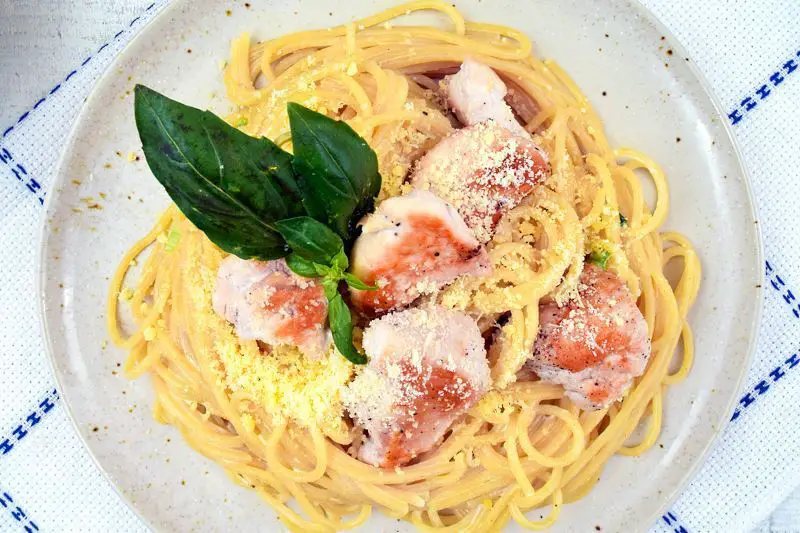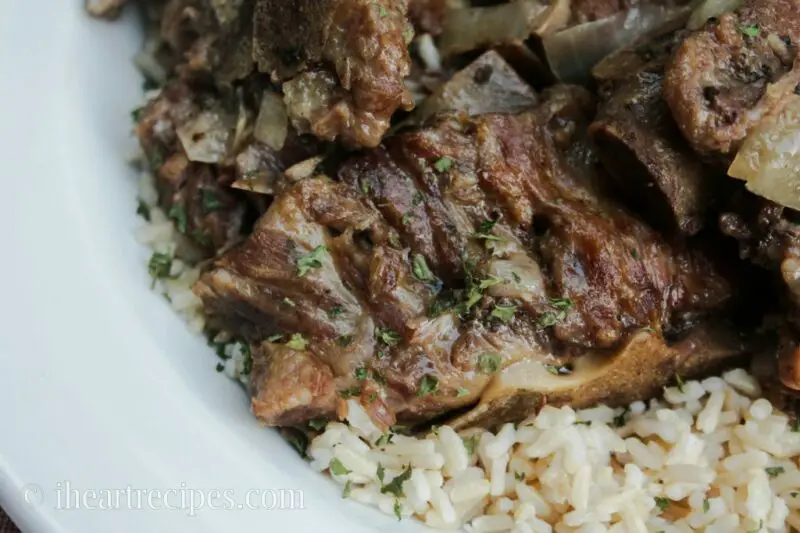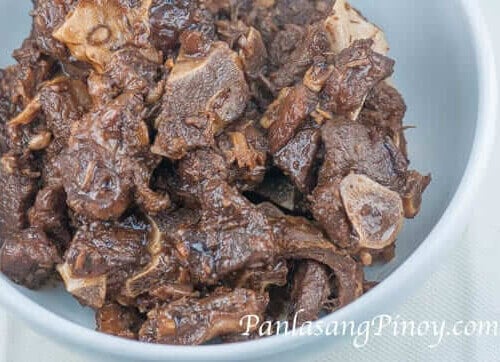Can You Cook Sweet and Savory at the Same Time?
Cooking has come a long way over the years. With an abundance of ingredients available, creative chefs have been experimenting with flavors to create unique dishes that tantalize the taste buds. We have seen the rise of fusion cuisine where traditional dishes are fused with new tastes and techniques from different cultures. One interesting aspect of cooking is combining sweet and savory flavors in a dish. It is an art form that requires skill and knowledge of ingredients, textures, and contrasts.
Understanding Sweet and Savory Flavors
Sweet and savory are two distinct flavor profiles commonly used in cooking. The sweet flavor category comprises those foods that are high in sugar content or have a naturally sweet taste. Examples include fruits such as strawberries, bananas, apples, or pineapples; sweet spices like cinnamon, nutmeg, ginger, or cardamom; and sweeteners such as honey, maple syrup, or molasses.
Savory flavors are those that enhance the natural taste of a food without making it sweet. They can range from mild to strong depending on the ingredient used. Foods with savory tastes include meats like chicken, beef, or pork; vegetables such as garlic, onions, or mushrooms; herbs such as rosemary, sage or thyme; and salty ingredients like soy sauce, miso paste or olives.
When it comes to pairing sweet and savory flavors together in cooking, there are some tips to keep in mind:
- Use complementary ingredients: Choose foods that complement each other in terms of texture and flavor to create a balanced dish.
- Start with small amounts: Incorporate one ingredient at a time until you achieve the desired balance between sweet and savory flavors.
- Aim for contrast: Combine bold and contrasting flavors to create an exciting and complex taste. Pairing sweet and salty, or sweet and spicy ingredients, can add a new dimension to your dish.
The Benefits of Combining Sweet and Savory Flavors
Combining sweet and savory flavors in a dish can enhance the overall flavor profile of the food. When done correctly, it can produce an exciting new taste sensation that pleases the palate. The following are some of the benefits of cooking with sweet and savory flavors:
- Creates depth of flavor: Combining two opposite tastes like sweet and savory creates complexity in flavor that can elevate any dish.
- Adds variety: Incorporating sweet and savory ingredients into your dishes expands your culinary range, making meals more interesting, flavorful, and satisfying.
- Promotes healthy eating choices: Sweet ingredients like fruit or honey can help balance out salty proteins like chicken or fish. This combination can be an excellent way to keep your dish healthy without sacrificing flavor.
There are many great examples of dishes that successfully combine sweet and savory flavors. Some popular ones include:
- Teriyaki chicken with pineapple: This recipe pairs tender chicken marinated in a sweet teriyaki sauce with grilled pineapple slices, creating a delicious taste combination.
- Pork chops with apple sauce: A classic American dish that combines juicy pork chops with a sweet apple sauce to provide an incredible burst of flavors.
- Baked Brie with honey and walnuts: A French-inspired appetizer that blends the rich taste of Brie cheese with the sweetness of honey and the crunchiness of walnuts.
Cooking with spices is another way to incorporate both sweet and savory flavors without using sugary ingredients. Sweet spices like cinnamon, nutmeg, and cardamom can balance out the savory flavors in your dish while adding another layer of taste.
The Risks of Combining Sweet and Savory Flavors
While sweet and savory combinations in cooking have many benefits, there are some potential risks to consider. One risk is that not everyone appreciates the flavor contrast caused by these two opposite tastes. Some may find it too jarring for their palate, while others may enjoy it very much. Another risk involves pairing ingredients that do not complement each other well, resulting in an unappetizing taste or a culinary disaster. For example, combining very sweet ingredients with meats that have a strong umami flavor such as liver or kidneys can be overwhelming and unpleasant.
To reduce the risks associated with cooking sweet and savory dishes, it’s important to focus on balancing the combination of flavors correctly. Here are some tips:
- Use tested recipes: When starting out with sweet and savory cooking, sticking to tried-and-true recipes can help you gain familiarity with how different ingredients work together.
- Practice restraint: Avoid overdoing one flavor profile at the expense of the other. Find the right balance between sweet and savory ingredients to create a tasty dish.
- Experiment wisely: Be adventurous but always keep in mind what works best together when trying out new recipes or food pairings.
Tips for Cooking Sweet and Savory Dishes
Incorporating both sweet and savory flavors into your cooking can be challenging but also rewarding when done skillfully. The following tips will help you conquer this style of cuisine like a pro:
- Cut sweetness with acidity: If your dish turns out too sweet, you can balance it out with some acidity. Lemon juice, vinegar, or even a touch of wine can do the trick.
- Use sauces or marinades: A good marinade or sauce can help sweet and savory flavors blend more seamlessly. It also helps to infuse the ingredients with additional flavor.
- Experiment with texture: A great sweet and savory dish is not just about the taste; it’s also about the texture. Combining different textures like soft and crunchy or creamy and crispy can add to the overall enjoyment of the dish.
- Add smokiness: Smoked foods add a depth of flavor to sweet and savory dishes. Try smoking your proteins before adding them to your dish for an enjoyable taste sensation.
Delicious Sweet and Savory Recipes to Try
If you’re feeling inspired to try your hand at cooking sweet and savory dishes, here are some delicious recipes to get started:
- Maple bacon wrapped pork tenderloin: This recipe pairs juicy pork tenderloin marinated in maple syrup with crispy bacon for a classic sweet and savory combo that’s sure to impress.
- Mango salsa chicken: An easy recipe that combines grilled chicken breasts with a fresh salsa made from diced mango, red onion, tomato, cilantro, jalapeno, and lime juice for a delightful tropical flavor.
- Sweet potato and black bean chili: This hearty vegetarian chili combines two naturally sweet ingredients to create a comforting yet nutritious meal that is perfect for chilly days.
Remember, cooking is all about experimentation. Don’t be afraid to try new things and get creative when it comes to combining sweet and savory flavors in your kitchen.
Conclusion
Combining sweet and savory flavors can add a new level of enjoyment to your cooking repertoire. The key is to experiment wisely, balance the taste profile correctly, and have fun while doing it. Whether you’re a seasoned cook or just starting, adding different flavor combinations to your dishes opens up an entire world of possibilities.
Frequently Asked Questions
#### Can I cook sweet and savory ingredients in the same dish?
Yes, you can definitely cook sweet and savory ingredients in the same dish. Combining flavors is a great way to add depth and complexity to your meals. However, it’s important to balance the flavors properly so that one does not overpower the other.
#### What are some examples of sweet and savory dishes?
Some popular sweet and savory dishes include bacon-wrapped dates, teriyaki chicken with pineapple, apple and gouda grilled cheese sandwich, and maple-glazed salmon.
#### How can I balance sweet and savory flavors in my cooking?
To balance sweet and savory flavors, start by selecting ingredients with complementary flavors. For example, pair salty foods with something sweet like caramelized onions or honey. Additionally, use spices and herbs to bring out different flavors in your dish. Remember to taste as you go to ensure that one flavor is not dominating the other.
#### Can I use any sweetener in savory dishes?
Yes, you can use various types of sweeteners in savory dishes such as brown sugar, honey, maple syrup, or even fruit preserves. Be sure to use them sparingly so that the sweetness does not become too overpowering. Additionally, consider using a variety of spices like garlic or chili powder to balance out the sweetness.







